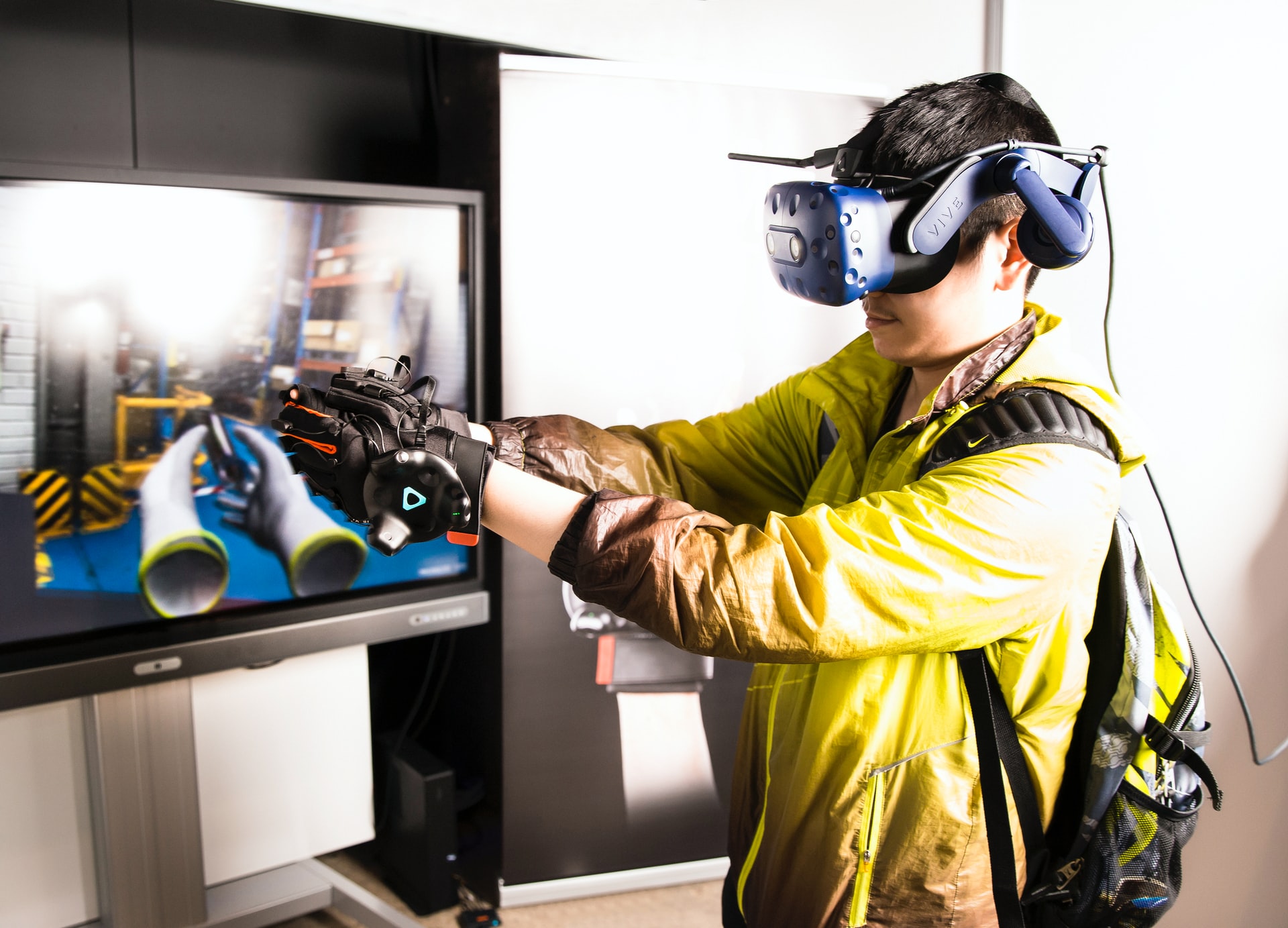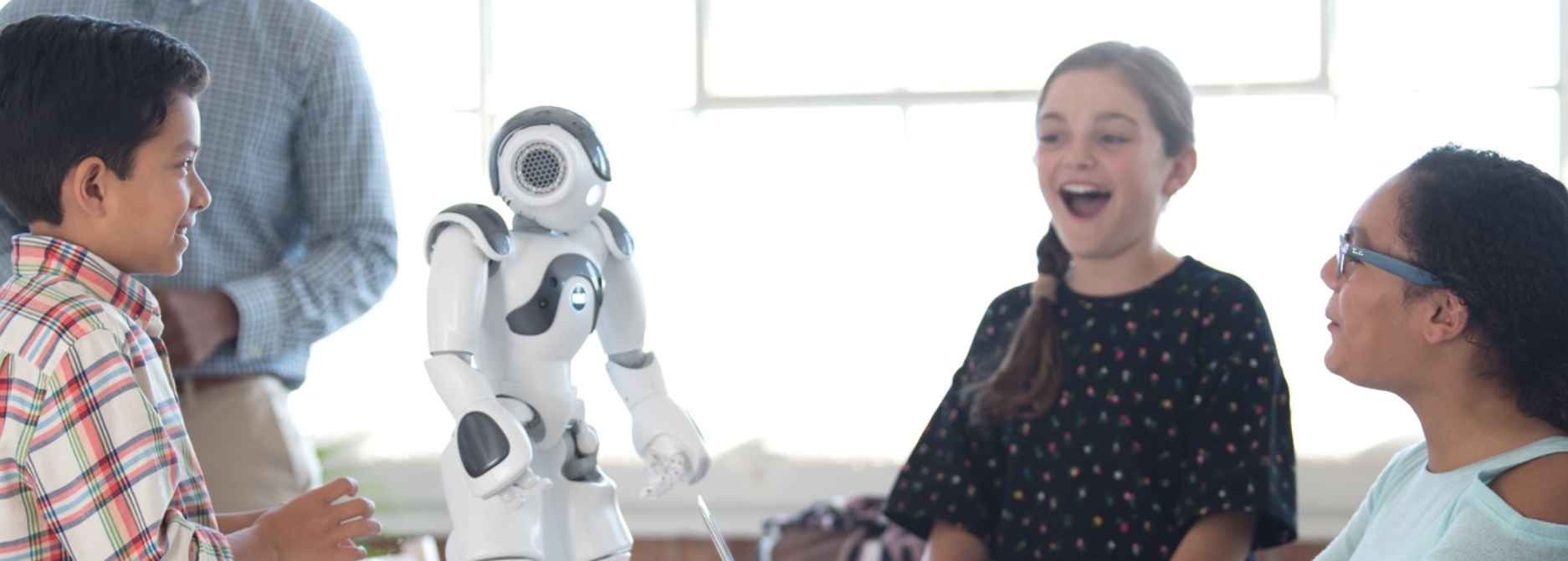By Dan Matthews

All children deserve the right to be set up for success, and one of the ways children are prepared to do their best in school is based on their access to technology. Technology is a great equalizer for all children, and all children can become better learners through the use of technology — especially children with disabilities. Despite this benefit of technology in the classroom, however, not all technology is accessible to all children. How can parents and educators ensure all students, no matter their ability, receive the best education they can?
What is Assistive Technology?
Assistive technology is a technology designed to increase, maintain, or improve the functional capabilities of individuals with disabilities. Assistive technology comes in a variety of options. For example, some technologies are considered “high-tech” and “low-tech.” “High-tech” devices are electronically-operated pieces of equipment like computers, software, accessible websites, and even tape recorders. “Low-tech” devices are manually operated pieces of equipment like mouth sticks and mechanical hoists.
The Importance of Equitably Distributing Assistive Technology
Assistive technology offers teachers new and more effective learning methods while customizing teaching to a variety of students with different learning needs. Technology like computers is being used to guarantee enhanced and equitable learning environments for all students.
For example, a child who cannot speak can use a portable voice synthesizer to respond to questions in the classroom, or a student who is blind can use a screen reader to help her with her homework. Students with learning disabilities can take advantage of the word processing, editing, and grammatical tools with the “high-tech” devices and keep up with much of the work.
How Assistive Technology Benefits Children with Disabilities
Children who experience anxiety attacks can better cope with the use of assistive technology. Indeed, assistive technology can help students with disabilities get their homework done in a manner most efficient for them, curbing the higher rates of anxiety and depression linked to spending more time than necessary on homework. An anxiety attack is a non-medical condition where intense fear is associated with a particular issue or concern.
Common anxiety attacks that children with learning disabilities can experience include generalized anxiety disorder (GAD), obsessive-compulsive disorder (OCD), panic disorder, and social anxiety disorder. Social anxiety disorder is an anxiety attack where an individual experiences overwhelming anxiety and extreme self-consciousness in social situations.
Children who have access to assistive technology would be able to combat these anxiety disorders. There are dozens of mobile apps available for free that can help children who suffer from anxiety disorders. These apps offer breathing techniques, calming mantras, and more.
Where Schools Have Struggled with Assistive Technology
There have been conflicting requirements from the previous and current legislation concerning providing assistive technology to all students with disabilities. The Education for All Handicapped Children Act failed to require schools to provide assistive technology to students with disabilities.
The current assistive technology mandate had to be established via other legislation. Congress then passed legislation that finally encouraged states to produce services designed to provide assistive technology to all individuals with disabilities. The current legislation also required assistive technology as a special education service, related service, or supplemental service.
Some states may be concerned about the pricing of assistive technology. There may be a fear of overspending the instructional budget on high-cost equipment. Concerns about the short life span of assistive technology may also explain why assistive technology has not been distributed equitably throughout schools.
School faculty are concerned that it would not be beneficial to spend so much on equipment that has a short shelf life. However, school officials are beginning to realize that assistive technology has already been used by schools and needs to be classified as such.
Types of Assistive Technology for Children with Disabilities
Because of its broad definition, there are a variety of devices that can be categorized as assistive technology. Just like each child has a different learning style, different types of technology are designed for each child to help aid their disability. For example, children who have a visual disability or have blindness can benefit from using text-to-speech devices when working on their assignments.
These types of devices are significant improvements from Braille because they allow children to read anything on screen without a Braille translation, regardless of the format. Through these types of devices, children can also participate fully in online activities, use email and text, and immediately access course materials. These programs are developed by software engineers, which is one of the fastest-growing engineering professions today.
Children with a hearing disability can use sound amplification tools or voice carry-over technologies to help communicate over the phone with their voices. Physical aids can be administered to children with physical mobility, stability, or motor coordination issues. Some examples of physical aids that assist children with physical mobility issues include keyboard adapters that prevent mistyping errors from happening, voice recognition software for children who cannot type, and audiobooks for children who cannot physically hold books.
Children who have dyslexia can also benefit from assistive technology. From e-readers to pens that transcribe notes for students who cannot write to speech recognition software; assistive technology can make life easier for students who have been diagnosed with dyslexia.
Researchers have found that virtual reality can be used to make access to learning easier for students with disabilities. Virtual reality provides the following benefits to students with disabilities:
- An expanding base of supply
- The student can immerse themselves in their studies
- Learning can be personalized to each individual student
Learning is transferable to the real world
When schools realize that tech needs to be more accessible, children with learning and physical disabilities will be able to get more out of their education. Better access to technology for all students can help bridge the learning gaps present in every school district.
Learn more about EdTech in Education with RobotLAB!
K12 students will graduate into a workforce that’s rife with technology in an era where robots and AI will become widely used in our everyday lives. RobotLAB is committed to bringing this technology to the students and enhancing their experience with tools that truly bring learning to life.



